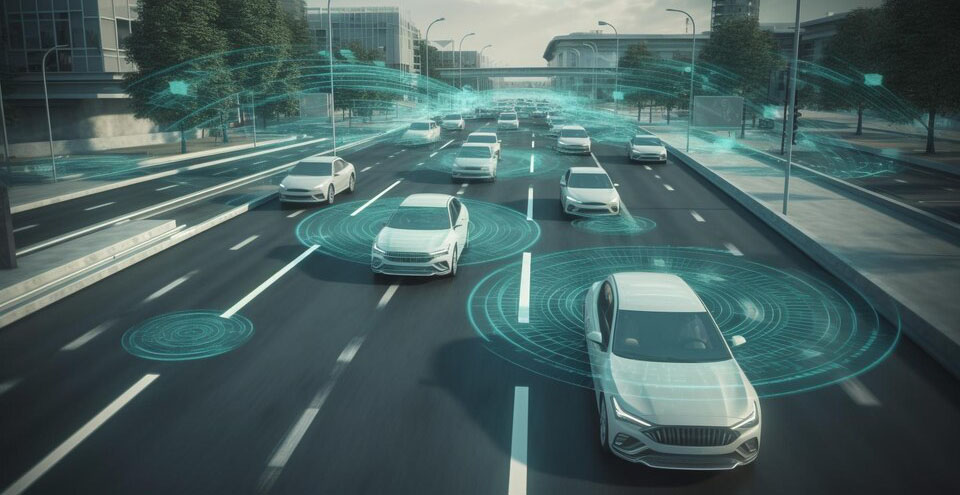The future of road safety hinges on innovative technology, and Alert Drive stands at the forefront of this evolution. By implementing advanced sensors to monitor driver fatigue, Alert Drive addresses immediate safety concerns while setting the stage for a broader transformation in driving safety culture. This blog discusses how Alert Drive shapes the future of road safety through its pioneering technology, emphasizing its potential impact on driving practices, accident reduction, and overall enhancement of road safety.
1. The Role of Technology in Preventing Accidents
With road safety of the utmost concern, there is a need for new technology to help avoid accidents. National Sleep Foundation research highlights the limitation of traditional methods, such as reliance on driver self-assessment of fatigue (National Sleep Foundation, 2021). Technologies like Alert Drive provide actionable, real-time information about a driver’s state, changing the understanding and utilization of road safety. Using the technique of fatigue detection, Alert Drive allows drivers to enhance safety before driving.
2. Integration with Existing Vehicle Technologies
The integration of Alert Drive into existing car systems is a huge step towards road safety. The University of Michigan’s Transportation Research Institute has discovered that the integration of monitoring technologies and intuitive car systems leads to higher driver compliance with safety measures (Fowler & Dial, 2020). Combining this with Alert Drive’s real-time fatigue detection feature offers a comprehensive safety net, with timely alerts being communicated directly to the driver.
3. Building a Culture of Safe Driving
Creating a culture of safety among drivers is crucial for long-term improvement in road safety. Alert Drive encourages drivers to take personal responsibility for their alertness levels. Studies indicate that integrating technology with awareness programs leads to beneficial behavior changes (Stutts et al., 2021). By embedding Alert Drive into daily driving routines, drivers become more deliberate about managing fatigue, fostering a community-focused approach to drowsy driving prevention.
4. Encouraging Collaboration among Stakeholders
In order to effectively combat drowsy driving, collaboration between stakeholders is required. The stakeholders include individuals, corporations, insurance companies, and automotive manufacturers. In Transportation Research, it is indicated that collaboration among the groups in bringing their interests into alignment can help foster better safety features on cars (Sullivan et al., 2019). Alert Drive is a convergence point for such interactions that provides platforms for collaboration towards developing far-reaching application of driver safety measures.
5. Future Developments and Enhancements
As technology continues to evolve, so will the capabilities of Alert Drive. Future enhancements could include advanced algorithms for fatigue detection based on dynamic behavioral analytics. Research indicates that machine learning algorithms can significantly improve the accuracy of monitoring systems (Khan et al., 2022). By integrating these advancements into Alert Drive, the company can offer an innovative solution that adapts to the needs of modern drivers, ensuring a safer driving environment.
Conclusion
Overall, Alert Drive is a revolutionary step in road safety technology. Through the development of the future of driver monitoring and enabling individuals with proactive alerts, this device raises road safety levels. With its focus on real-time fatigue recognition, Alert Drive not only makes driving better, but it promotes a culture of awareness and accountability. As we move toward a safer future, adopting such innovative solutions is crucial for reducing accidents and achieving a secure driving culture for all.

